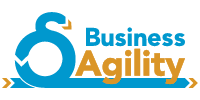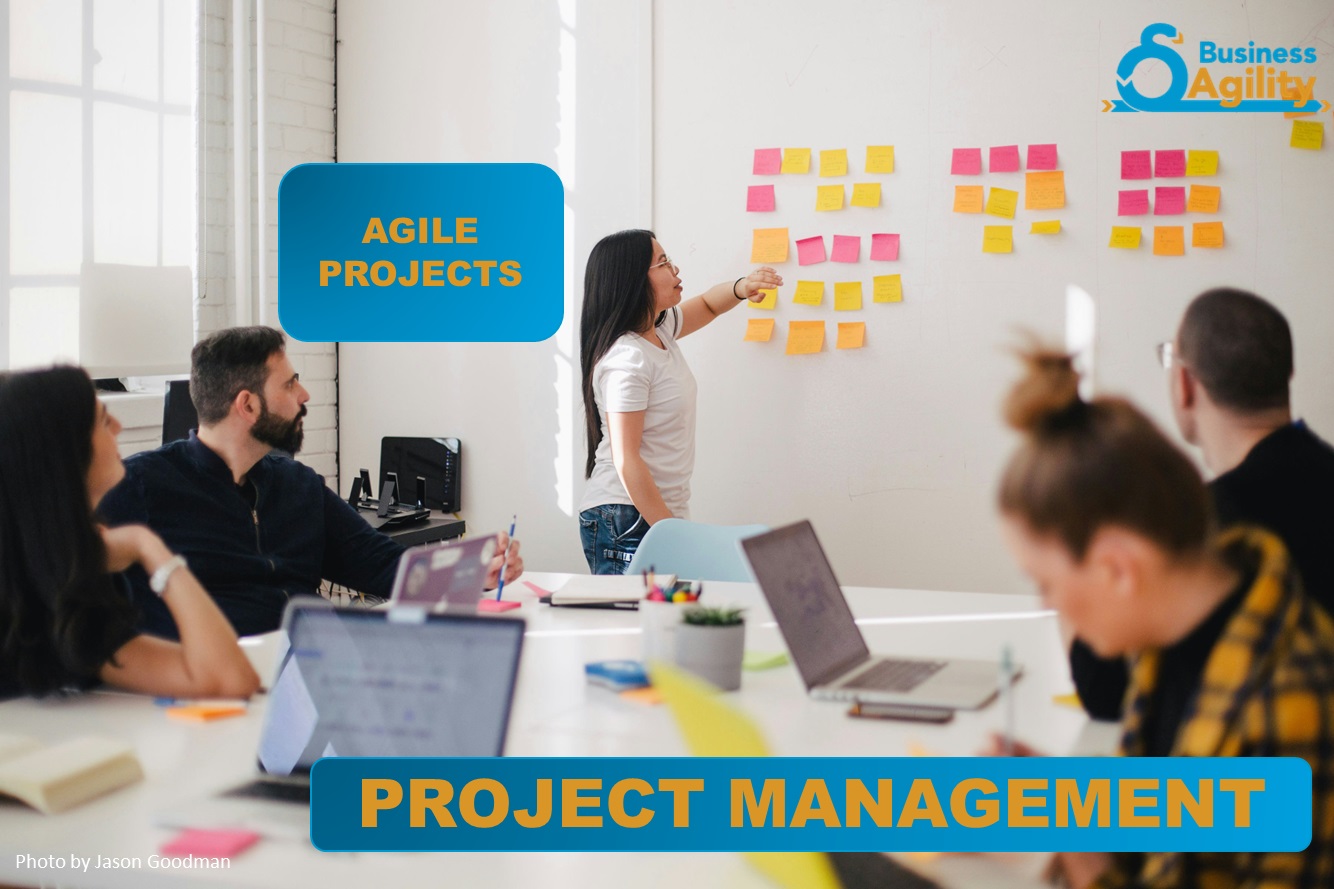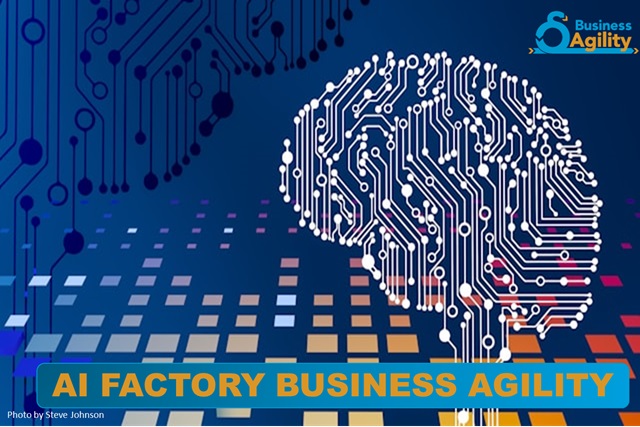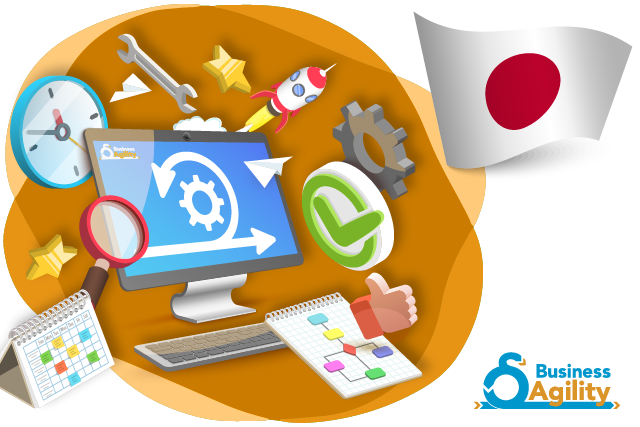Core Concepts of Agile Project Management – Integrating Agile Methodologies
Introduction to Project Management Fundamentals Project Management is the art of applying knowledge, skills, tools, and techniques to guide a Project from its inception to closure. It encompasses the Management of resources, time, and Scope to achieve specified objectives within a Project’s lifecycle, which includes initiation, planning, execution, monitoring, control, and closure phases. Project Lifecycle […]









